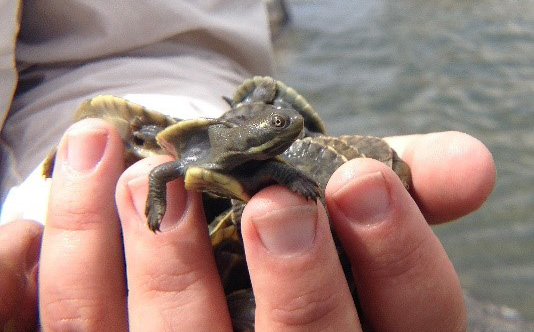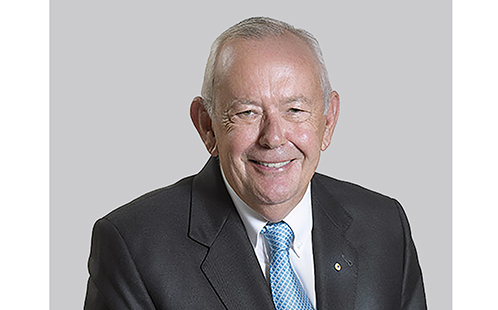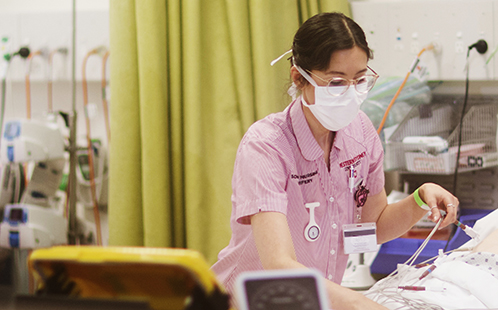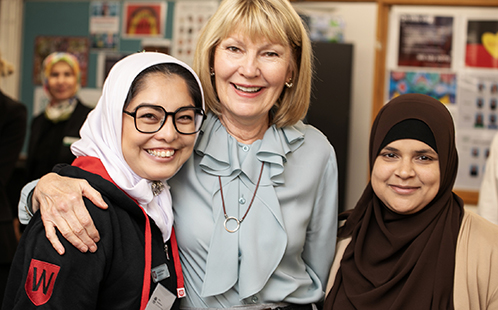Western Sydney University contributes to first global turtle and tortoise report

Some of the 2,000 headstarted Murray Short Neck Turtle (Emydura macquarii) released into South Australia in 2015
Associate Professor of Ecology Ricky Spencer from the School of Science and Health at Western Sydney University and a School-based member of Hawkesbury Institute for the Environment helped lead the Australian data analysis for the first global review of the conservation status of turtles and tortoise around the world.
Associate Professor Spencer points to the current crisis in the Murray-Darling Basin that is affecting all aquatic wildlife, including turtles.
“The drought in the Murray-Darling Basin increases stress levels on declining species such as the Murray River turtles. Turtles fulfil an important ecological role as scavengers of dead fish and the consequences of high mortality rates are significant for the health of the whole river ecosystem.”
“Australia deals with some unique factors leading to a decline in turtle population including introduced predators that ruthlessly destroy most nests each year, disease, road mortality and the fact that we are dry country and water resources have many competing demands,” Associate Professor Spencer says.
Western Sydney University researchers were part of a specialist group of the International Union for Conservation of Nature (IUCN) that analysed the conservation status of some 360 turtle and tortoise species around the world.
The report found that turtles and tortoises are some of the world’s most at-risk vertebrates with 56 per cent of species globally considered threatened; when including already-extinct species, that percentage rises to nearly 60 per cent.
The data also revealed that Asia is at the epicentre of the global turtle extinction crisis. Huge numbers of turtles have been collected for meat consumption, the high-end international pet trade as well as shells and bones being used for traditional medicines. Other threats, including habitat loss, predators, invasive species, climate change and pollution, have been reducing populations even further.
About 76 per cent of species in Asia are critically endangered or endangered, compared with 45 per cent in the Pacific and Indian Ocean Islands and 24 per cent in Australasia.
Associate Professor Spencer says that while the average threat levels in Australia appear lower than in Asia, a further 22% of our local turtle species are considered vulnerable or near threatened and the conservation status of many local species remains unassessed.
He adds that Australia is increasingly drawing on people power to improve our understanding of turtles. He cites the TurtleSAT project that allows people to report sightings.
ENDS
16 January, 2019
Latest News

Western Sydney University receives transformational donation to support LGBTIQA+ community
Western Sydney University has welcomed a philanthropic donation from The Brennan Lynch Foundation.

Western Sydney University ranks among world’s best for 23 subjects
The University has been named as one of the world’s top universities for the study of 23 subjects in the latest edition of the QS World University Rankings by Subject, including being ranked in the top 50 for Nursing.

Western Sydney University receives landmark $7.9 million philanthropic gift from Harvey Norman to launch leadership academy, empowering young women in Western Sydney
Western has welcomed a landmark donation to establish the Harvey Norman® Young Women’s Leadership Academy Led by Katie Page.
Mobile options:

